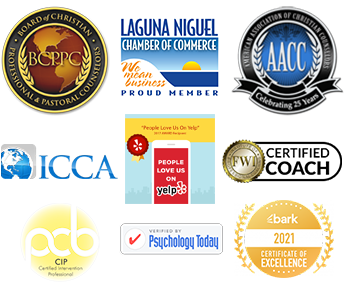
According to new data published in the world’s leading general medical journal The Lancet, mental and substance use disorders were the leading causes of illness worldwide in 2010.
Harvey A. Whiteford, MD, of the School of Population Health at the University of Queensland, Australia, and colleagues wrote, “These disorders were responsible for more of the global burden than were HIV/AIDS and tuberculosis, diabetes, or transport injuries.”
Overall, mental and substance use disorders were the fifth leading cause of premature death and disease worldwide, and accounted for 22.9% of all nonfatal illness — more than any other disease!This is an alarming trend and in a press release Dr. Whiteford said, “barriers to mental health care must be addressed to reduce the global prevalence of mental and substance use disorders.”
A second study published alongside Dr. Whiteford’s stated that opioid dependence was responsible for the greatest burden of disease among all illicit drugs, accounting for 55% of the 78,000 deaths linked to drug use in 2010. The study also showed that more than two-thirds of individuals dependent on drugs were male — 64% each for cannabis and amphetamines and 70% each for opioids and cocaine, and the proportion of drug dependence increased in the highest-income countries.
What can you do to address the barriers to mental health and addiction treatment?
- Get educated. We cannot fix what we do not understand.
- Early intervention. If you or someone you know needs treatment for mental health or substance abuse issues, do all you can to encourage immediate treatment and research the treatment options.
- Remove the stigma. Mental health and addiction issues should be looked at as disease, not personal failing. Surround these issues with support, not stigma or negativity.
To learn more or to help break through the barrier to treatment that so many face, visit www.carepossible.org. CarePossible is a nonprofit focused on making mental health care and addiction treatment possible for everyone.
I would love to hear from you. Please contact me at randy@randymoraitis.com. Websites: www.thecrossing.com and www.randymoraitis.com.











